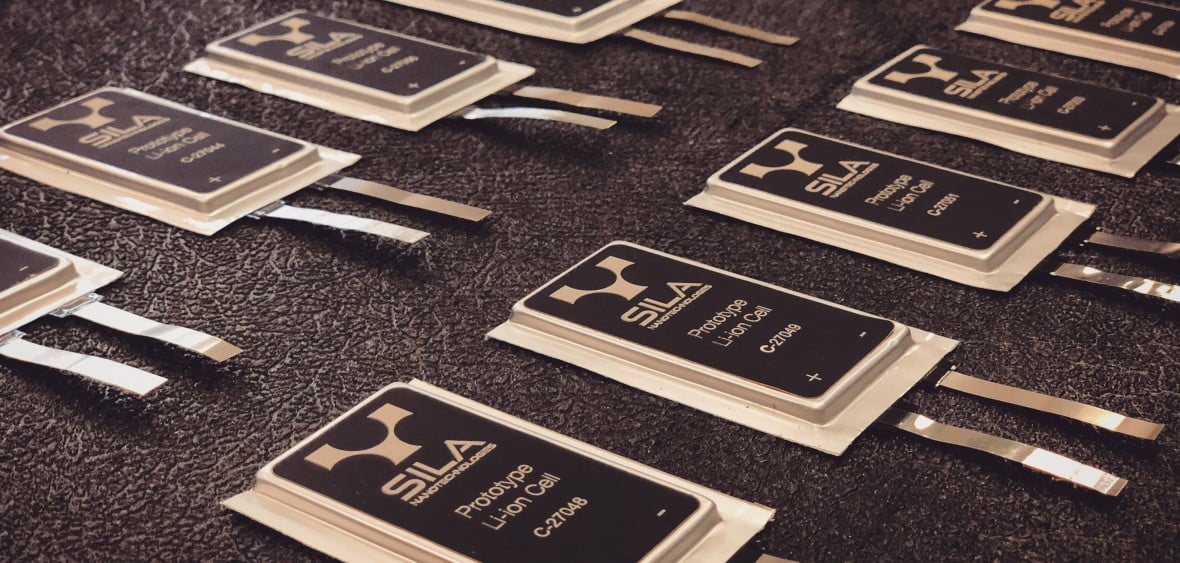It seems like
everything runs on a battery. Cell
phones, tablets, cameras, watches, even cars bring convenience to our lives and
nearly all run on the ubiquitous lithium ion battery. Critical to even the most basic human needs
(a new mobile phone app was recently published to help with birth control and
fertility management) these devices run out of ‘juice’ when it is least
expected - and potentially most
disastrous. Wouldn’t it be wonderful to
get your electronic devices charged in just a few minutes and ready to work for
days or even weeks?
There has been progress
on improving the power output and energy life of lithium ion batteries. A good share of the work by scientists and
product developers is on reducing faulty chemical reactions that erode
capacity. Others are exploring better
materials to replace or complement the usual cathode, anode and electrolyte
materials.
Sila’s Silicon
In April 2018, Germany’s
BMW agreed to put Sila
Nanotechnologies’ silicon-based anodes in batteries,
foregoing the usual graphite anode. The
first all-electric BMWs with the new battery are expected to reach showrooms in
2023.
Sila finds silicon
is a better partner for lithium than graphite because silicon-based anodes can
hold as much as twenty times the amount of lithium than graphite. With increased energy storage capacity,
battery costs could be reduced significantly.
Using silicon-based anodes would reduce the size and weight of lithium
ion batteries, which could be particularly advantageous for electric cars. Smaller, more energy intensive batteries could
bring down electric car prices and increase driving range, making electric cars
more appealing and affordable for a wider consumer audience.
Sila claims a
twenty-fold increase in lithium ion carrying capacity compared to graphite. With such exceptional results one has to
wonder why BMW is the only car manufacturer to have jumped on the silicon-anode
train. That is because silicon is not a
slam dunk alternative material. Silicon
has a bad habit of swelling, which could trigger adverse electrochemical
reactions or worse, shatter the anode during charging.
The company is
not alone in trying to overcome silicon’s shortcomings, but Sila Nano
scientists claim they have made more progress than others. Sila solves the swelling problem by hiding its
silicon particles in rigid spherical structures that leave room for the silicon
to expand during charging. The micrometer-sized
structures remain unchanged in size and shape, while the silicon particles
expand within.
Another big plus
for battery manufacturers is that Silas’ silicon structure mix can be used as a
drop-in material in established battery manufacturing processes. This means reduces the cost of switching from
graphite materials and could improve Sila’s chances in winning customers.
Financing a
Better Battery Material
Early on Sila
won research grants from the U.S. Department of Energy to support its research and
development. In 2016, the company
received an ARPA-E Award for $1.0 million to work on solid electrolyte
technology. Of late Sila is backed by
venture capital investment from the likes of In-Q-Tel, Bessemer Ventures,
Samsung Venture Investment, and Matrix Partners. The most recent capital raise was a Series D
round for $72 million in January 2018. Collaboration
with BMW may have also put development revenue into Sila’s piggy bank.

Sila
Nanotechnologies is worthwhile putting on a watch list for future
financings. If Sila is successful in
delivering on its BMW arrangement, it is likely that other automotive
relationships could follow. That will
require financing. With the days behind
of ‘goose eggs’ at the top line, Sila is at a nascent commercial stage. Much of the technological risk has been
eliminated - at least enough to win a paying customer. There is still plenty of execution risk and
therefore potential reward in funding the early commercialization step. Sila will not be for the investor who lives
and breathes by quarter reports. It will
be three to four years before volume shipments begin to supply BMW for its
batteries slated for 2023 market introduction.
A string of small, privately held companies - Nexion, SiNode Systems, Enovix, Enevate, and Amprius - also claim success with silicon in batteries.
The next post will look at competing silicon materials for batteries.
Neither the author of the Small Cap Strategist web
log, Crystal Equity Research nor its affiliates have a beneficial interest in
the companies mentioned herein.
2 comments:
Before you begin actively trying to find a telephone battery, consider what you would like during a battery.
professional battery manufacturer
Met Solar offer different solar panel designs for any product integration.
Maximise Commercial BIPV Project
PV storage forecast
Agrivoltaics (AgriPV)
Prosumers promotion in Europe 2022
Post a Comment